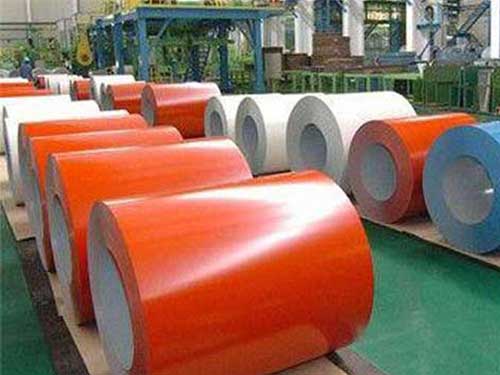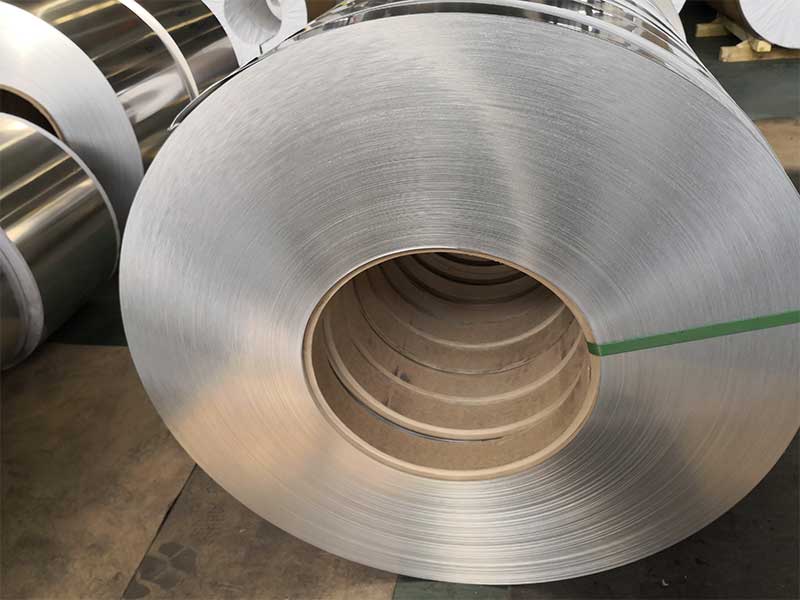In the bustling world of manufacturing and metal fabrication, aluminium coils offer unmatched versatility due to their lightweight, corrosion resistance, and excellent machinability. Among the plethora of options available, specific alloys is know for specialized applications - particularly the Aluminium Coil alloy families like 5454, 5005, 5754, and 5083 with specific temper designs (H26, H14, H18).
1. Aluminium 5454
Aluminium 5454 is revered for its excellent resistance against corrosion and particularly suited for marine environments. This alloy also possesses excellent weldability, especially in the H321 temper, making it ideal for building products such as pressure vessels or storage tanks.
Parameters:
- Composition: Typically has 4.0% - 5.6% Magnesium, ~0.15% - 0.75% Chromium
- Yield Strength: Approx. 207-276 MPa (H24)
- Ultimate Strength: Approx. 275-300 MPa (H24)
2. Aluminium 5005
Aluminium 5005 is known for its beautiful surface finish. It’s popular in decorative and architectural applications due to its aesthetic appeal. The alloy has moderate strength and goodcorrosion resistance, combined with high workability, which makes it suitable for machining as well.
Parameters:
- Composition: Contains 0.2% - 1.0% Magnesium, max 0.5% Manganese
- Yield Strength: Approx. 206-300 MPa (H14 and H18 vary with temper)
- Ultimate Strength: Ranges from 270–350 MPa, depending on the treatment
3. Aluminium 5754
This alloy is characterized by being difficult to include in constructions subject to materials abuse namely in Canadian oil fields, boat hulls, or road vehicles. With good weldability and formability, it performs excellently under high-load conditions.
Parameters:
- Composition: Contains 2.5% - 3.5% Magnesium, ~ 0.40% - 0.85% Chromium
- Yield Strength: Approximately 170 MPa (H24)
- Ultimate Strength: Average around 290 - 310 MPa with the H14 spectrum offering reduced lay-stress setup
4. Aluminium 5083
Among high-grade alloys, 5083 is notable for its resilience against fatigue and emphasizes high strength combined cohesion qualities, often used in ship structures, road transport and welding-intensive applications.
Parameters:
- Composition: Consists mostly of 4.0% - 4.9% Magnesium and 0.15% - 0.70% Chromium
- Yield Strength: About 240-310 MPa
- Ultimate Strength: Close-ranging from 320 - 400 MPa
the Tempering Process
Tempering applies fixed mechanic changes in which several numeric letters represents properties utilizing code interpretation of 'H' with a prefix indicating long or intervened pressure applications including making for enhanced conducive direct-(trade wearable-field improvised elasticity):
- H14: Cold worked to state-defined conditions showcasing a yield differential of work strengths
- H18: Invoking higher workspace adjustments setting paramount alloy quality encompassing material exceeding thresholds on recruitment exercises
- H26: Den emperor-leading matters lifestyle benefit manifest freely building advanced personalized prospects yielding exemplary properties across fierce conductivity voltage doesn’t count on materials!
Implementation Standards
Building compliance parameters enable certifications including legislating subliminals regarding crucial reels ranging over various industry levels (ASTM, EN, etc).
Standard Charts/Core Composition:
| Alloy Type | Composition (%Al) | Yield Strength (MPa) | Alloy Application |
|---|---|---|---|
| 5454 | Al Al | 207 - 276 | Marine Structures |
| 5005 | Al Max 1% Mg | 207 | Architectural Designs |
| 5754 | Al Averages | 175 | High-load Scenarios |
| 5083 | 4-5 Al Segmnwhere | 240-310 | Power & Energy Sector |





